Ever found yourself craving the ultimate comfort food but need to avoid gluten? This Gluten-Free Oatmeal Meatloaf solves that dilemma beautifully. It’s not one of those sad, dry gluten-free substitutes that makes you question your life choices—it’s a legitimately delicious meatloaf that just happens to be celiac-friendly. The secret is certified gluten-free oats, which provide the perfect binding texture while adding nutritional value that traditional breadcrumbs can’t match. Even better? Non-gluten-free folks won’t detect any difference, making this the perfect solution for mixed dietary needs at the dinner table.
Why This Recipe is Awesome
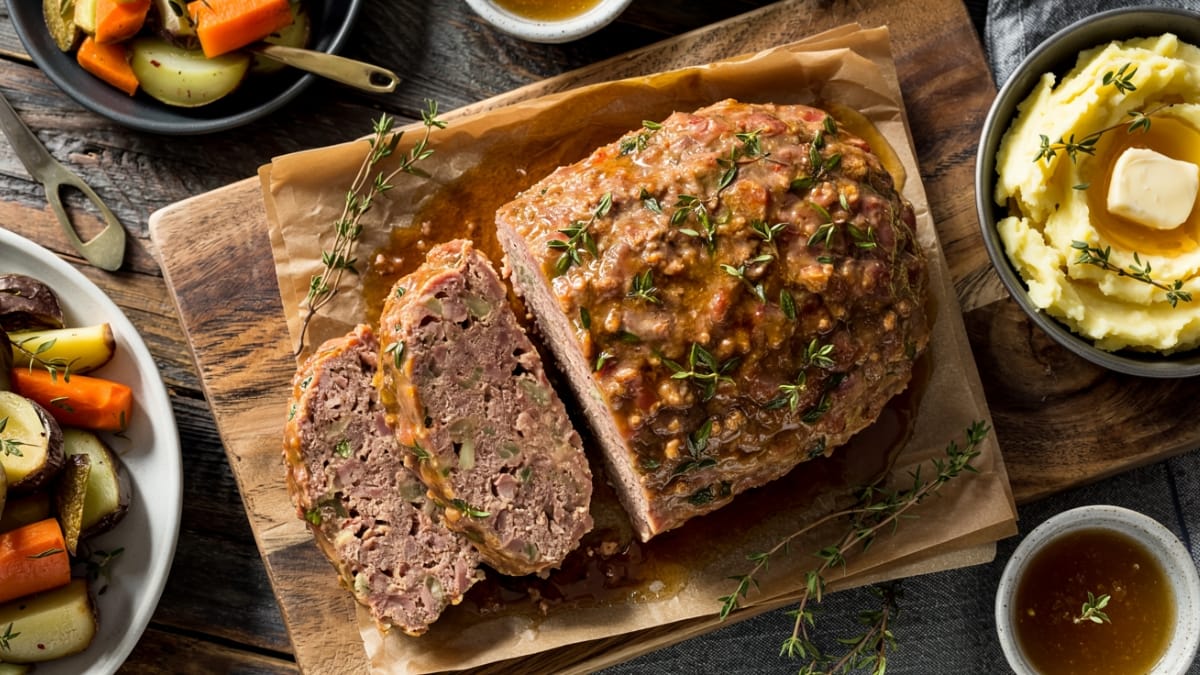
This isn’t just another gluten-free adaptation—it’s a meatloaf that stands proudly on its own merits, regardless of dietary restrictions.
The texture is absolutely perfect. One of the biggest challenges with gluten-free cooking is achieving the right consistency, but the combination of oats and eggs in this recipe creates a meatloaf that holds together beautifully while remaining moist and tender. No crumbly disappointment here!
What I love most about this recipe is its accessibility. Every ingredient is something you can find in a regular grocery store—no hunting down obscure gluten-free products or spending a fortune on specialty items. It’s straightforward comfort food that happens to be safe for those with celiac disease or gluten sensitivity.
Plus, it’s incredibly adaptable. Need it dairy-free too? No problem. Want to use turkey instead of beef? Easy swap. Looking to sneak in some extra vegetables for picky eaters? This recipe can handle it all while maintaining its delicious integrity. It’s the Swiss Army knife of meatloaf recipes.
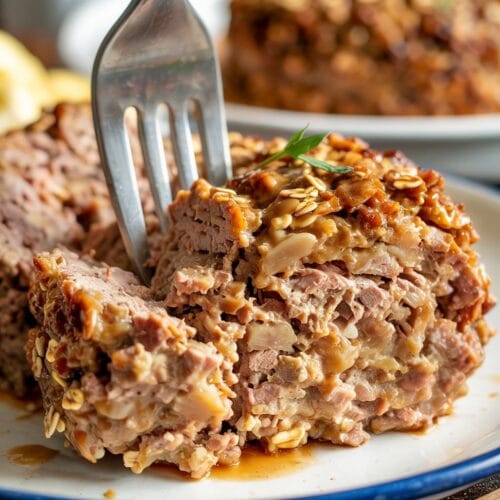
Gluten-Free Oatmeal Meatloaf
Ingredients
For the Meatloaf
- 2 pounds ground beef 85/15 lean-to-fat ratio works best
- 1 cup certified gluten-free old-fashioned rolled oats
- 2 large eggs
- 1 medium onion finely diced
- 2 cloves garlic minced
- 1/2 cup gluten-free ketchup divided (check labels to ensure gluten-free)
- 2 tablespoons gluten-free Worcestershire sauce such as Lea & Perrins in the US
- 1 tablespoon gluten-free Dijon mustard
- 1 teaspoon dried thyme
- 1 teaspoon salt
- 1/2 teaspoon black pepper
- 1/4 teaspoon ground nutmeg optional, but adds wonderful depth
For the Glaze
- 1/3 cup gluten-free ketchup
- 2 tablespoons brown sugar
- 1 tablespoon apple cider vinegar
- 1/2 teaspoon gluten-free Worcestershire sauce
Instructions
- Preheat your oven to 350°F (175°C). Line a 9×5 inch loaf pan with parchment paper for easier removal, or lightly grease the pan.
- Process the oats (optional). For a finer texture, pulse the oats a few times in a food processor. This step is optional but creates a more traditional meatloaf texture.
- Combine all meatloaf ingredients. In a large bowl, gently mix the ground beef, oats, eggs, onion, garlic, 1/4 cup of the ketchup, Worcestershire sauce, Dijon mustard, thyme, salt, pepper, and nutmeg if using. Mix with your hands until just combined—don't overmix or your meatloaf will be tough.
- Perform a taste test. Take a small portion of the mixture and quickly cook it in a microwave or small skillet. Taste and adjust seasonings if needed.
- Form your loaf. Transfer the meat mixture to the prepared loaf pan and shape into a loaf, pressing down gently to remove air pockets.
- Make the glaze. In a small bowl, whisk together the remaining ketchup, brown sugar, apple cider vinegar, and Worcestershire sauce until well combined.
- Apply half the glaze. Spread half of the glaze mixture evenly over the top of the meatloaf.
- Begin baking. Place the meatloaf in the preheated oven and bake for 30 minutes.
- Add remaining glaze. After 30 minutes, remove the meatloaf from the oven and carefully drain off any excess fat if desired. Spread the remaining glaze over the top.
- Finish baking. Return the meatloaf to the oven and bake for an additional 25-30 minutes, or until an instant-read thermometer inserted into the center registers 160°F (71°C).
- Rest before slicing. Remove from the oven and let the meatloaf rest for 10-15 minutes before slicing. This step is crucial for a meatloaf that holds its shape when cut.
- Slice and serve. Carefully lift the meatloaf from the pan using the parchment paper overhang if used. Slice into thick pieces and serve hot.
Notes
- Oat selection matters. Be sure to use certified gluten-free oats, as regular oats may be cross-contaminated with wheat during processing.
- For a finer texture, you can soak the oats in 1/4 cup of milk (dairy or plant-based) for 5 minutes before adding to the meat mixture.
- Always check labels on condiments like ketchup, Worcestershire sauce, and mustard to ensure they’re gluten-free, as ingredients can vary by brand.
- If you prefer a less sweet glaze, reduce the brown sugar to 1 tablespoon.
- Make-ahead tip: Prepare the meatloaf up to 24 hours in advance and refrigerate unbaked. Let it come to room temperature for 30 minutes before baking.
- For a more complex flavor, add 1/4 cup of finely grated Parmesan cheese to the meat mixture (if dairy is not an issue).
- Leftover transformation: Crumble leftover meatloaf and use it in gluten-free pasta sauce, as a pizza topping, or in stuffed bell peppers.
- For dairy-free needs, verify that your ketchup and Worcestershire sauce are dairy-free as well as gluten-free.
Calories & Nutritional Info
- Calories: Approximately 300-350 per serving
- Protein: 25g
- Fat: 20g
- Carbs: 10g
- Fiber: 2g
- Iron: 20% of daily value
- Zinc: 35% of daily value
- Vitamin B12: 40% of daily value
- Potassium: 10% of daily value
- Selenium: 35% of daily value
Common Mistakes to Avoid
- Using quick oats instead of old-fashioned. Quick oats can become gummy and affect the texture. Stick with old-fashioned rolled oats.
- Not verifying ingredients are truly gluten-free. Always check labels, particularly on Worcestershire sauce, which traditionally contains malt vinegar (derived from barley).
- Overmixing the meat mixture. This leads to a dense, tough meatloaf. Mix just until ingredients are combined.
- Skipping the resting period. Cutting into the meatloaf too soon will cause it to fall apart more easily.
- Using extra-lean meat. The fat in the beef helps keep the meatloaf moist. 85/15 or even 80/20 provides the best results.
- Not testing for doneness. Use a meat thermometer to ensure food safety without overcooking.
- Adding the glaze too early. Adding all the glaze at the beginning can cause it to burn during the extended cooking time.
Alternatives & Substitutions
- Meat options: Ground turkey, chicken, or a mixture of beef and pork all work well. For poultry, add 2 tablespoons of olive oil to maintain moisture.
- Oat alternatives: Crushed gluten-free crackers or certified gluten-free breadcrumbs can substitute for oats. Cooked quinoa or rice also work in a pinch (about 1 cup).
- Egg replacers: For each egg, you can use 1/4 cup unsweetened applesauce or a flax egg (1 tablespoon ground flaxseed mixed with 3 tablespoons water, left to gel for 5 minutes).
- Onion concerns? Replace with 1 tablespoon onion powder for a smoother texture.
- Ketchup alternatives: Use tomato paste mixed with a bit of honey and vinegar if you prefer to avoid ketchup.
- Spice variations: Add 1 teaspoon Italian seasoning or 1/2 teaspoon smoked paprika for different flavor profiles.
- Vegetable additions: Finely grated zucchini, carrots, or finely chopped spinach blend in well and add nutrition.
- For extra moisture: Add 1/4 cup gluten-free beef broth or tomato sauce to the meat mixture.
FAQs
How can I be sure my oats are truly gluten-free?
Look for packages specifically labeled “certified gluten-free.” Regular oats are often processed in facilities that also process wheat and may be cross-contaminated. Brands like Bob’s Red Mill, GF Harvest, and Quaker (labeled gluten-free) are reliable options.
Can I freeze this meatloaf?
Absolutely! You can freeze it either before or after baking. To freeze before baking, prepare the meatloaf in a disposable aluminum loaf pan, cover tightly, and freeze for up to 3 months. Thaw completely in the refrigerator before baking. To freeze after baking, slice the cooled meatloaf, place parchment paper between slices, wrap tightly, and freeze for up to 3 months.
Why use oats instead of gluten-free breadcrumbs?
Oats provide several advantages: they’re typically less processed than many gluten-free breadcrumbs, they add fiber and nutrients, they’re more economical, and they’re widely available. Plus, they give the meatloaf a wonderful texture and help retain moisture.
My family doesn’t have gluten issues. Will they still enjoy this recipe?
Absolutely! This recipe was developed to be delicious first and gluten-free second. The oats add a subtle texture and nutty flavor that many people prefer over traditional breadcrumb fillers. Most people won’t even notice it’s gluten-free.
What sides pair well with this meatloaf?
Classic pairings include mashed potatoes (made with gluten-free ingredients), roasted vegetables, or a simple green salad. For a complete gluten-free comfort meal, serve with mashed potatoes and gluten-free gravy.
How do I know when the meatloaf is done without a meat thermometer?
Insert a knife into the center of the meatloaf—it should come out hot, and the juices should run clear with no pink visible. The meatloaf should also feel firm to the touch and have shrunk slightly from the sides of the pan.
Can I make this recipe dairy-free as well?
Yes! This recipe is naturally dairy-free as written. Just be sure to check that your condiment brands (ketchup, Worcestershire sauce) don’t contain hidden dairy ingredients, which is rare but possible.
Final Thoughts
This Gluten-Free Oatmeal Meatloaf proves that dietary restrictions don’t have to mean flavor restrictions. By thoughtfully replacing traditional breadcrumbs with certified gluten-free oats, we’ve created a meatloaf that’s not just “good for being gluten-free”—it’s simply good, period.
What makes this recipe special is its inclusivity. In a world where food allergies and sensitivities can often make shared meals challenging, this is a dish that brings everyone to the table without compromise. The person with celiac disease isn’t eating a separate, inferior version; they’re enjoying the exact same delicious meatloaf as everyone else.
The humble oats in this recipe do more than just replace breadcrumbs—they actually improve the meatloaf, adding nutrition, texture, and moisture-retention that makes for a superior end result. It’s a perfect example of how adapting recipes for dietary needs can sometimes lead to discoveries that enhance the original concept.
So whether you’re cooking for someone with gluten sensitivity, trying to incorporate more whole grains into your family’s diet, or simply in need of a reliable meatloaf recipe that never disappoints, this Gluten-Free Oatmeal Meatloaf deserves a spot in your regular rotation.
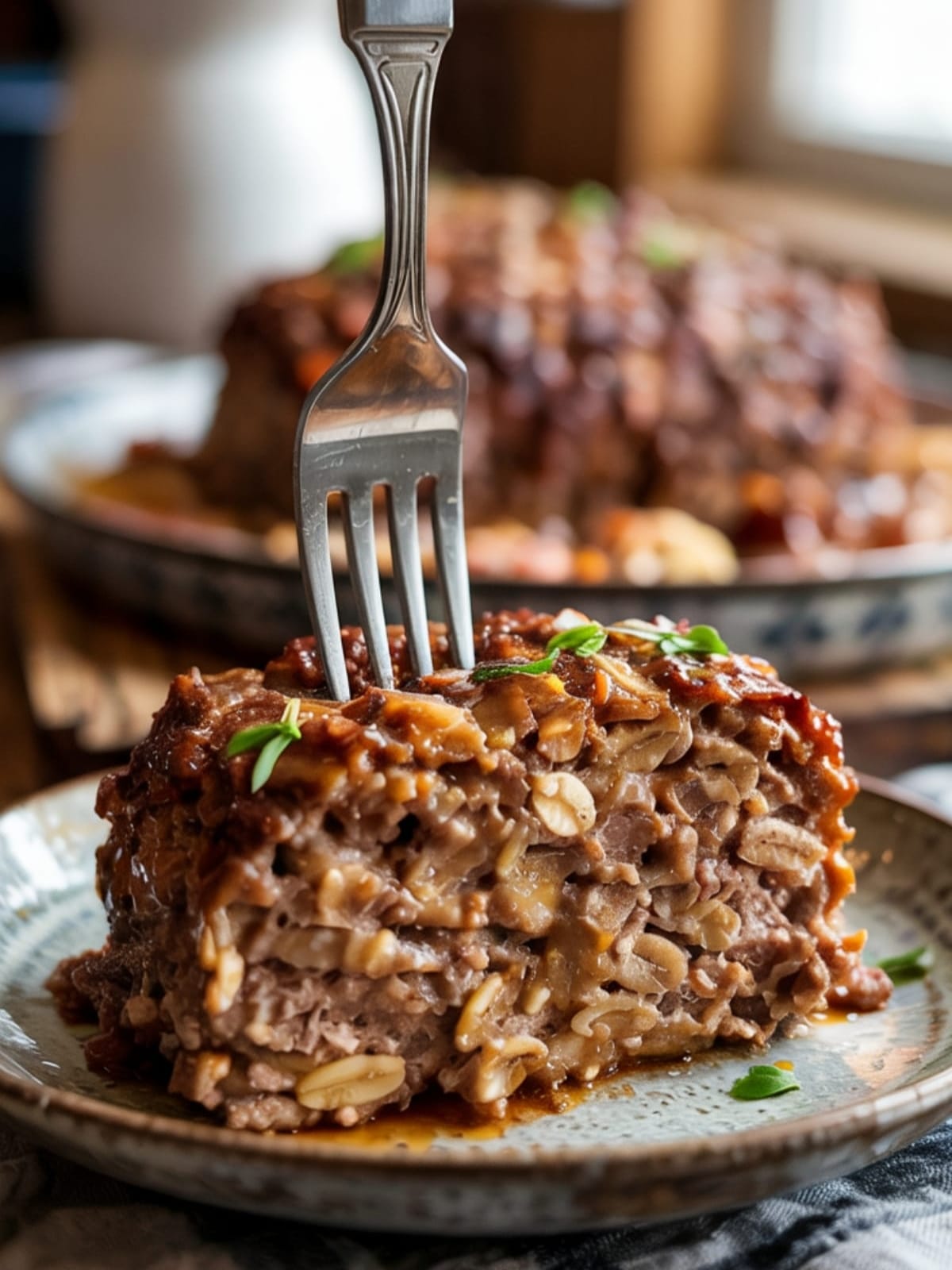
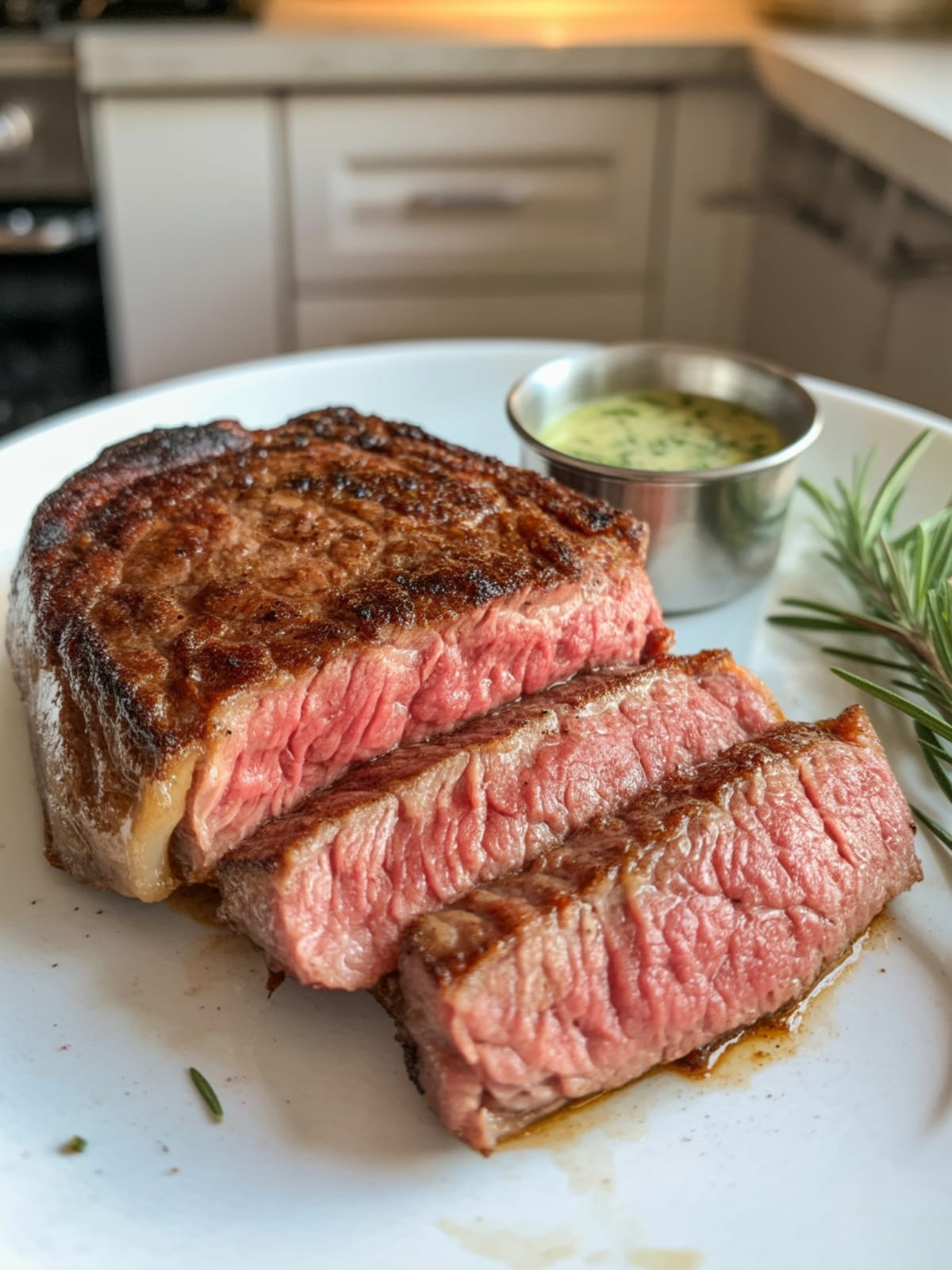

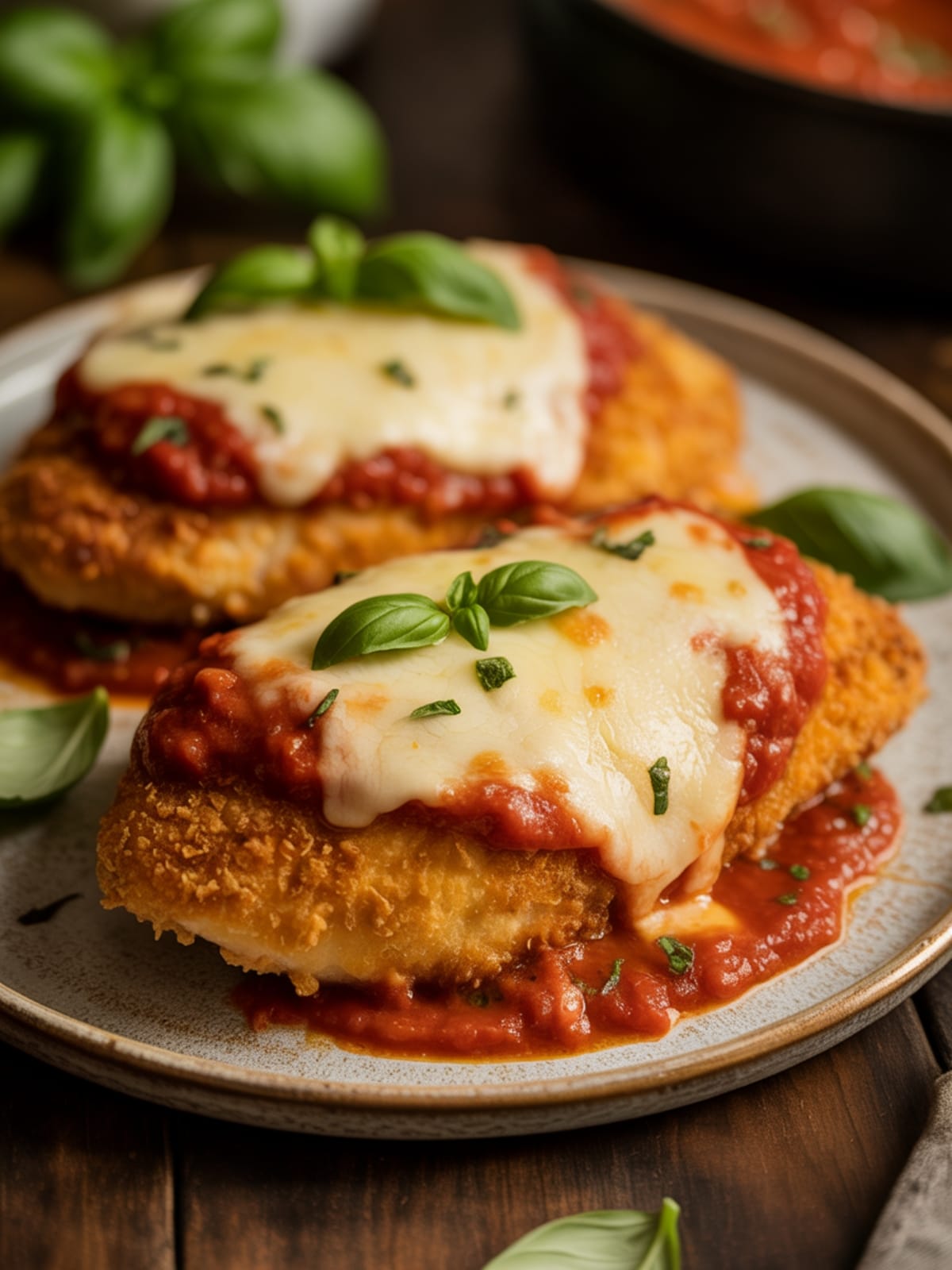
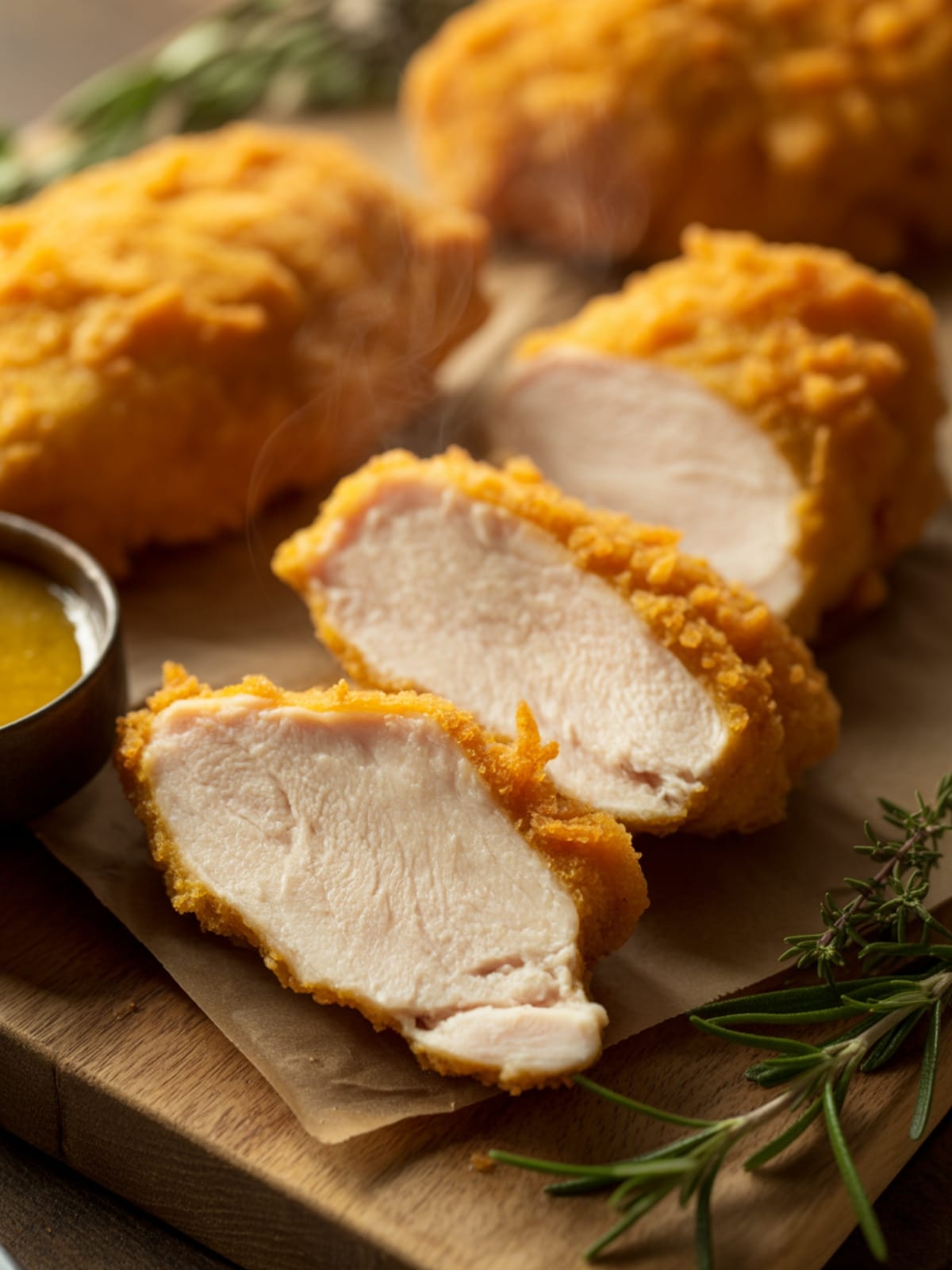

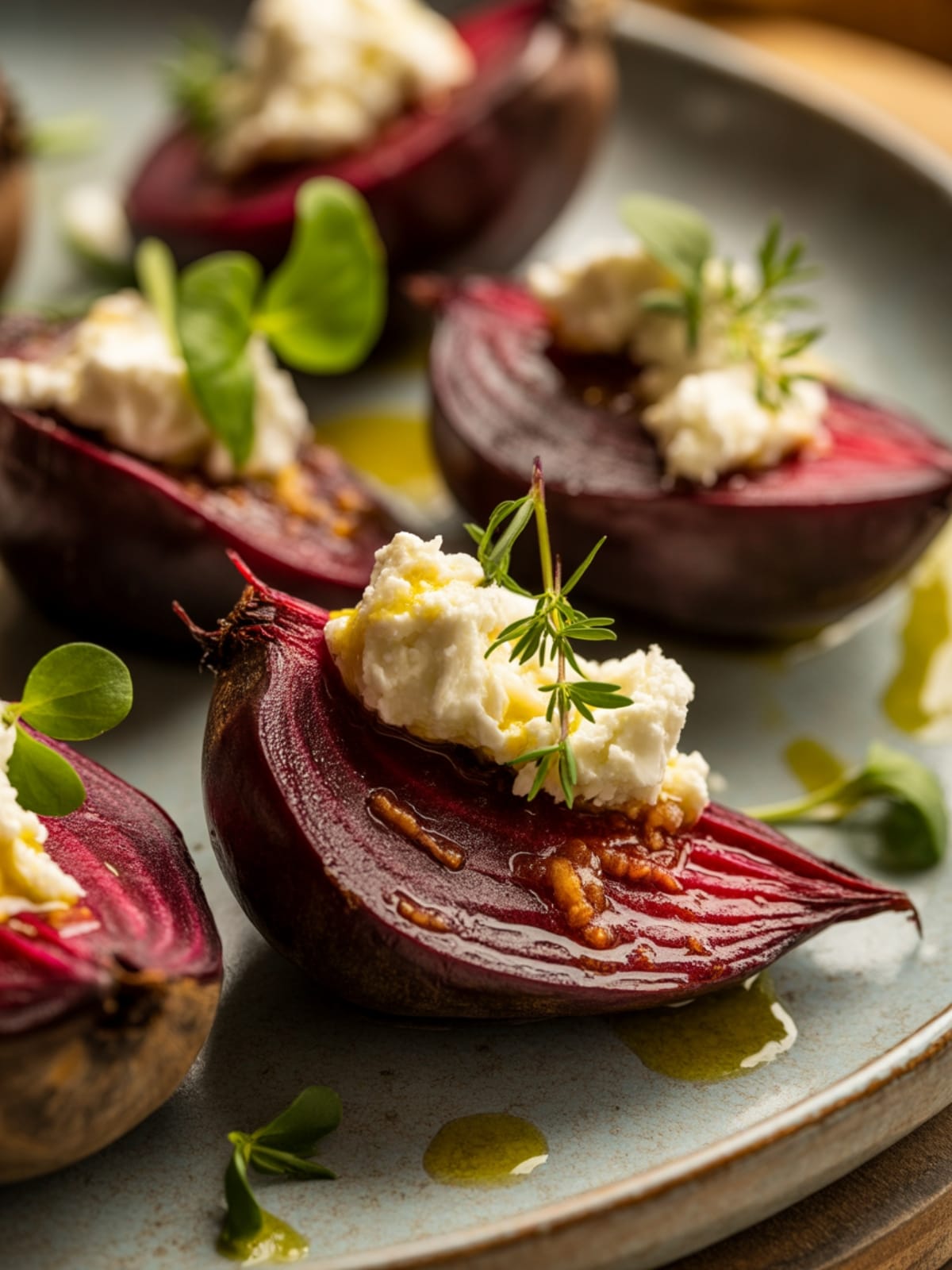
This recipe looks amazing!! I can’t wait to make it. I appreciate all of the additional options that were added!
Thank you
Thank you so much! I’m really glad you found the recipe and the extra options helpful. I hope you enjoy making it—can’t wait to hear how it turns out!